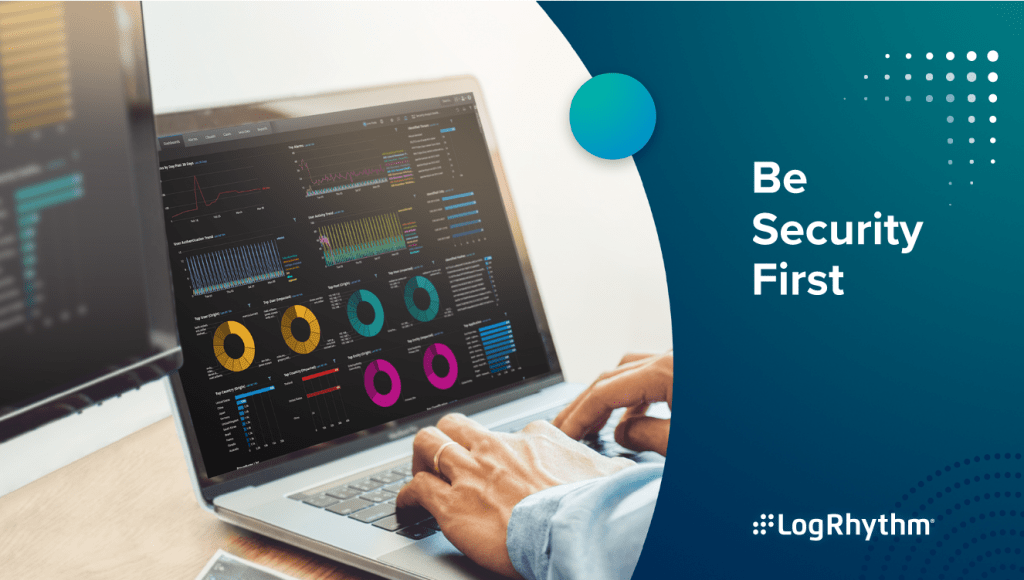The FortiGate unit provides unified threat management by including a rich feature set to protect your network from unwanted attacks. This section provides an overview of what the FortiGate unit can protect against. Each of these elements are configured and added to security policies as a means of instructing the FortiGate unit what to do when encountering a security threat
- Antivirus
- Web filtering.
- Data leak prevention
- Application control
- Spyware/ Grayware
- Phishing
- Antispam
- Security
- Next-Generation Security technologies: Application Control, Integrated IPS, Data Loss Prevention, Web Content Filtering, Dual-stack IPv4 & IPv6, Integrated Wireless Controller, Centralized Management.
Security System is managed and monitored centrally, in real time, with the ability to export reports to meet common security standards.
Figure 2. FortOS features available on FortiGate NGFW
Fortinet’s FortiGate portfolio is a device (appliance) firewall called the Unified Thread Management (UTM), this is the best mechanism to prevent and to prevent the risk and disaster of the network of companies, organizations.
- Connection Secure:
- Stateful Firewall: prevent unauthorized access to a protected network or subnet network.
- IPsec & SSL VPN: providing a secure connection to the particular resource.
- Integrated security for applications and content:
- Intrusion Prevention: Prevent the exploitation of security vulnerabilities, control applications, recognized protocol used.
- Antivirus/Antispyware: prevent the spread of malicious content, and virus through the network.
- Application security:
- Web Filtering: Prohibit access to suspicious addresses, phishing, spam, include malicious or content that violates security policy of the organization.
- Antispam: filter and remove spam mails.
- Application Control: The FortiGate unit can recognize the network traffic generated by a large number of applications. You can create application control sensors that specify the action to take with the traffic of the applications you need to manage and the network on which they are active, and then add application control sensors to the firewall policies that control the network traffic you need to monitor.



